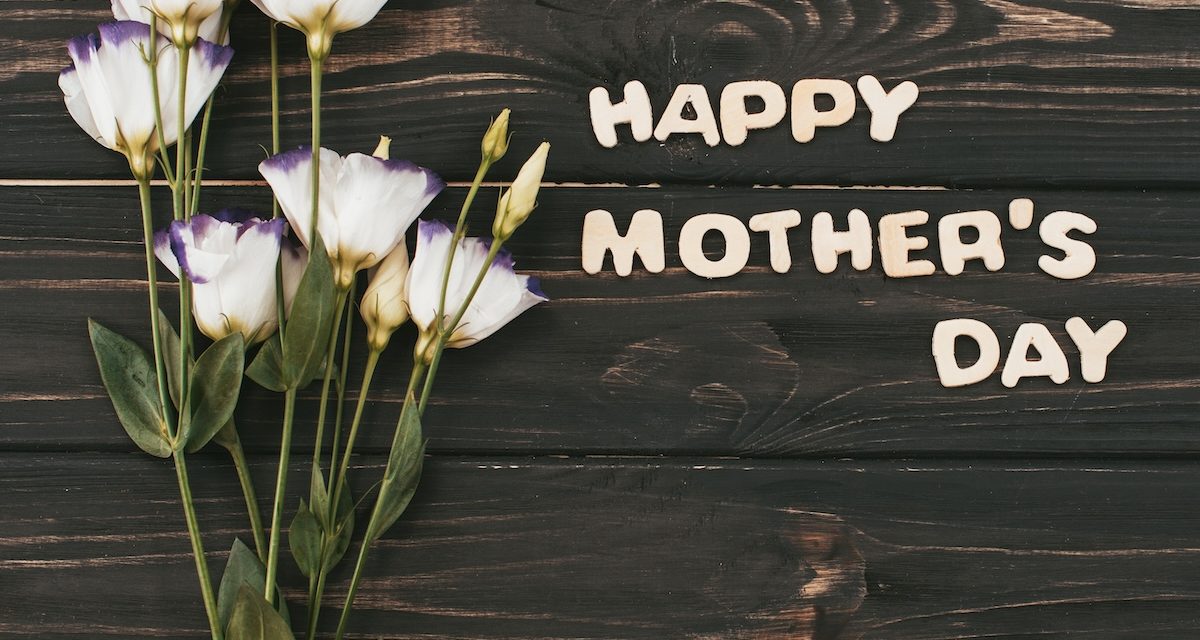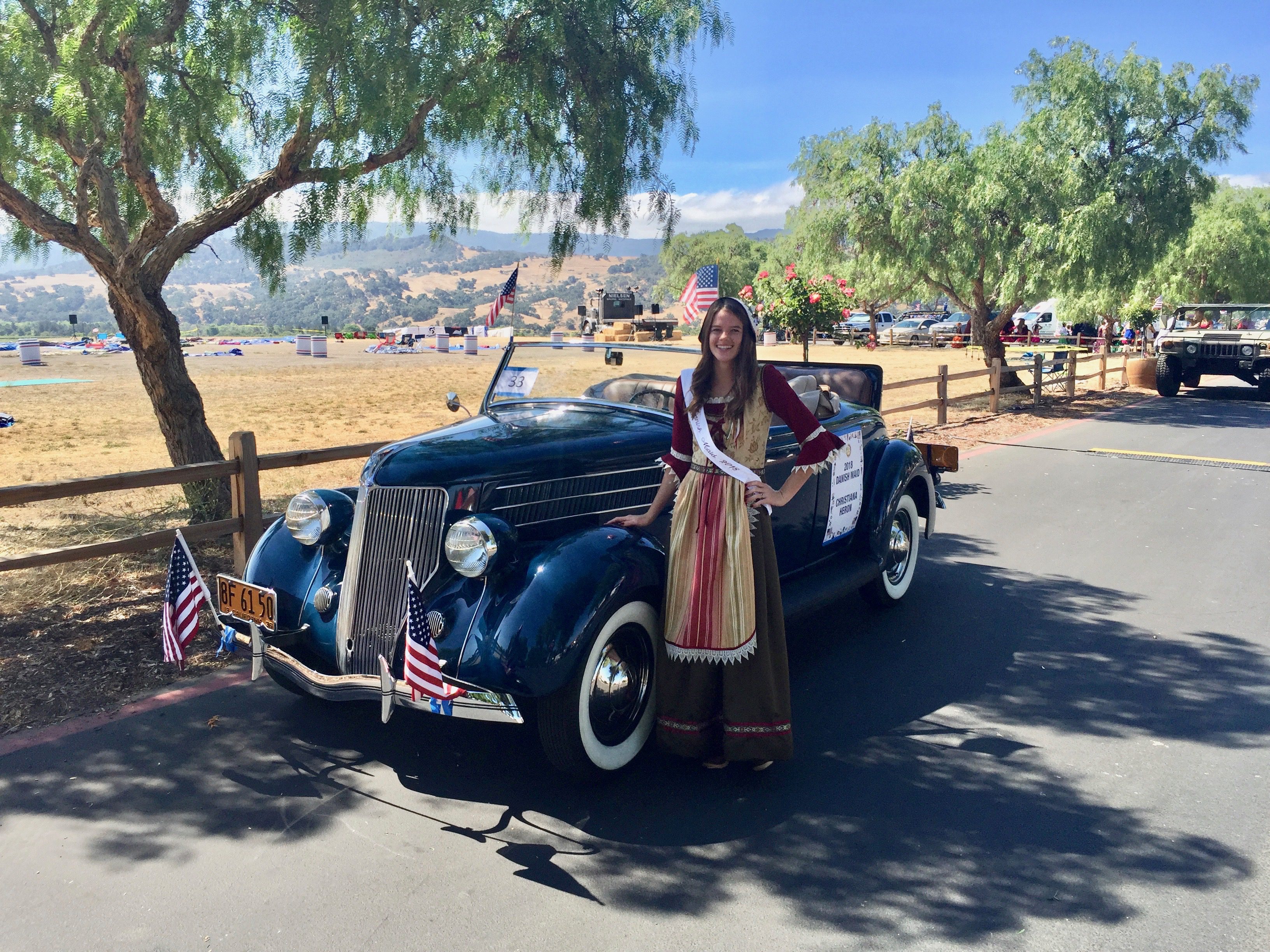By John Copeland
Sunday, May 12, is Mother’s Day here in the United States, Canada, and Australia. Mothers’ Day is also observed in several other countries around the world, but on different days of the year.
In the U.S., Mother’s Day is a pretty young holiday, it is a little over 100 years old. But, the tradition of honoring mothers and motherhood is deeply rooted in antiquity. In ancient times, it was expressed in honoring a “mother” goddess. It is only in the past few centuries that the celebration of motherhood has shifted its focus to our human mothers.

Cybele was venerated as the Mother of the Gods throughout the entire Mediterranean region. Babylonia and Syria knew her as Astarte or Ishtar. The Egyptians honored Isis, as the mother goddess, commonly regarded as the mother of the pharaohs.
Early Christians celebrated a Mother’s Day of sorts. On the fourth Sunday of Lent, they paid homage to the Virgin Mary and to the church in which they were baptized. Most of us are familiar with the term “Mother Church.”
In 16th century England, the church decreed honoring all mothers on the fourth Sunday of Lent. Called Mothering Sunday, it was a day for visiting one’s mother. Mothering Day grew into an important holiday in England.
The precursor to our American Mother’s Day, like many of our holidays, has it roots in the Civil War. After the war, Julia Ward Howe, author of “The Battle Hymn of the Republic,” felt the United States should have a day in honor of mothers. Her idea of a day honoring mothers was actually framed as a day for mothers to come together and protest war and the futility of sons killing the sons of other mothers.
In 1873, women’s groups in 18 American cities gathered and observed Howe’s mothers holiday. Initially, Howe, personally funded many of these celebrations. They died out once Howe stopped footing the bill. The celebration of Mother’s Day as we know it today did not come about until early in the 20th century thanks to Anna Jarvis.
As a child, Anna Jarvis’ mother, Ann Reeves Jarvis, was a woman’s club organizer in West Virginia who had high hopes to bring women together to lower infant mortality and improve sanitary conditions.
Ann founded a West Virginia women’s group that, in order to reunite families and neighbors that had been divided between the Union and Confederate sides of the Civil War, held a Mother’s Friendship Day.
When her mother died in 1905, Anna Jarvis began a campaign to create an official Mother’s Day. Anna petitioned the superintendent of the church where her mother had taught Sunday School for over 20 years and on May 10, 1908, the first official Mother’s Day celebration took place at Andrew’s Methodist Church in Grafton, West Virginia. Anna Jarvis arranged for white carnations, her mother’s favorite flower, for parishioners to pin to their clothes, and two carnations were given to every mother in attendance. Today, white carnations are used to honor deceased mothers, while pink or red carnations pay tribute to mothers still living. Andrew’s Methodist Church is still there, but renamed the International Mothers Shrine.
Anna Jarvis endlessly petitioned the government, business leaders, women groups, and churches to create a Mother’s Day. Her efforts paid off; in 1912, West Virginia became the first state to recognize Mother’s Day and other states quickly followed suit. Congressman J. Thomas Heflin of Alabama and Senator Morris Sheppard of Texas presented a joint resolution to Congress for Mother’s Day be observed nationwide. The resolution was passed by both houses.
In 1914, President Woodrow Wilson signed the bill designating the second Sunday in May as a legal holiday dedicated “to the best mother in the world, your mother.”
But what about Anna M. Jarvis? Mother’s Day quickly became a commercial gold mine, centering on the buying and giving of flowers, candies, and greeting cards; a development that deeply disturbed Jarvis.
Anna Jarvis died in 1948, blind and poor in a sanatorium, a lonely, forgotten woman. Ironically, Jarvis never knew that the Florist’s Exchange had anonymously paid for her care. She spent half her life fighting for a special “day” for mothers, the other half fighting against it!
There are around 85 million mothers in the U.S. Americans will spend about $671 million on cards for Mother’s Day. We will spend another $1.9 billion on flowers for moms. When you throw in other gifts, brunches, and dinners, it is estimated that it will total $20.7 billion this year. Anna Jarvis, maybe, had a point about the commercialization.
A couple years ago, I expressed ideas of celebrating mother’s day while still dealing with COVID-19 pandemic. Things are relatively back to normal now, but my idea about making sure the moms, grandmothers and women in the lives who are deserving of the honor feel appreciated on the special day still hold true: If you really want to give Mom something meaningful, give her your time.
If your mom is at home, give her a day off from any family chores. Someone else can take the responsibility on Mothers’ Day for making or serving the food, clearing and cleaning the dishes, and doing the laundry. Most moms simply wish to connect with their children and spend time with family in any way possible — if not in person, then with a phone call or video chat! Gifts are great, but a chunk of your time is the best and most comforting gift of all.
I am pretty sure that Anna Jarvis and her mother would be approve.







